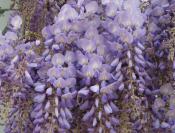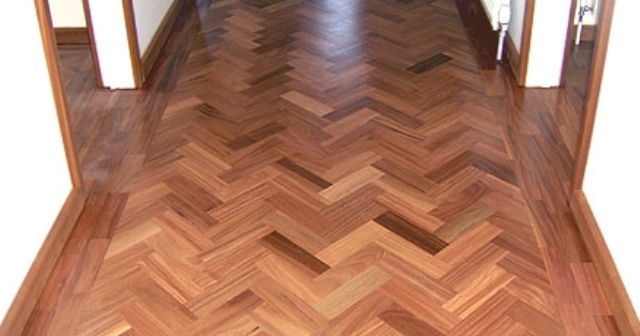Search
Login
Choose a parquet floor
Parquet flooring is low thermal conductivity, good sound insulation, durability, it can be repaired, environmental friendliness and aesthetics. Knowing these advantages, we choose the parquet floor. In this article, we will give tips on choosing a quality parquet.
Content
- General information video
- Radial flooring
- Tangential flooring
- Mixed flooring
- Parquet Dies Size
- Parquet grading
- Distinctive features of a parquet from various breeds of a tree
- Parquet laying methods
- Types of protective (finish) flooring video
General information
The price of high-quality parquet itself, in some cases, is cheaper than parquet and laminate flooring.
All salt is enclosed in the high cost of laying piece parquet, since in this case special skill is required.

Initially, a perfectly smooth surface is required, then hydro vapor barrier is laid on this ideal screed.
A moisture proof plywood substrate is mounted on the installed hydro-vapor barrier, then this substrate is sanded.
The next step is gluing the pieces of piece parquet, in the future, the dice are sanded and varnished.
According to the right technology, parquet must be trimmed and sealed around the perimeter of the room before installing the baseboard.
So imagine the amount of work and you will understand why the price of installing parquet is high.
But a well-laid parquet, with proper care, has served for over 50 years.
Radial flooring
According to the manufacturing method, i.e. according to the method of cutting wood, parquet is of three types.

Radial parquet is made of solid wood, which was sawed strictly along the axis of the tree, i.e. along the radius.
The wood pattern of such a parquet is homogeneous, looks in the form of narrow parallel lines.

The floor itself, after laying the parquet, looks homogeneous, single.
The floor is very durable, but the price of such parquet is the most expensive.
Tangential flooring
If the cut is made tangentially to the annual rings, then tangential parquet is obtained from such blanks.

This is a parquet with a distinct pattern, in this figure the whole natural structure of the tree is visible.
Mixed flooring
Mixed parquet is called mixed, because it includes radial and tangential lamellas.
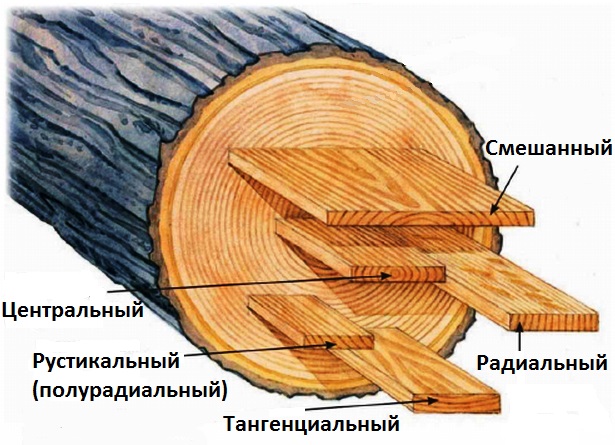
Naturally, when laying, the floor is not as uniform and smooth as when laying parquet of the same lamellas.
Parquet Dies Size
Parquet dies have standard sizes.
The length of the dies is from 210 to 490 mm., The thickness is from 15 to 22 mm., The width is from 50 to 70 mm.
During operation, the parquet is periodically once every 6-8 years undergoes hitching.
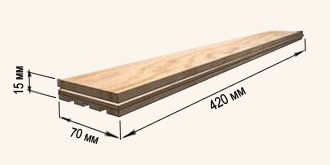
The service life of your parquet directly depends on the working layer of this parquet, it should be at least 6-7.5 mm.
Since hinging involves the removal of a thin surface layer of wood, which during operation is subject to wear.
Scraping allows you to level the surface.
Parquet grading
Parquet is divided into grades depending on the quality and texture of wood. Very often, manufacturers have their own names of parquet varieties and products of the same quality can be called differently.
Below we list the main varieties of parquet:
- Radial is a parquet of necessarily radial cut, of the highest quality. This parquet does not allow any flaws of wood and mechanical damage;
- Select - also high-quality wood is the basis of parquet, but cuts can be both radial and tangential, color tones are possible, but the texture is uniform;

- Standard (structures, prime, extra). Wood of the highest grade, but has a different cut - accordingly there are color differences, can have live knots with a diameter of not more than 3 mm;
- Natur (option), the cut of the tree is radial and tangential, has a pronounced natural wood pattern. Perhaps the presence of sapwood (outer young active layers of wood), knots up to 3 mm, veins. Mechanical damage is not permissible;
- Rustic (rustical). It has a colorful, patterned pattern, a variety of color variations. Dark and light knots with a diameter of up to 5 mm, black knots capable of falling out (no more than 20 mm.), Cracks and up to 10% sapwood are possible.
Distinctive features of a parquet from various breeds of a tree
The modern construction market, in abundance, has parquet from various types of wood.
Leading in the Russian market is oak flooring. Oak parquet has a color from taupe to tan. Brinell hardness reaches 3.9.
Brinell hardness is determined by pressing a metal ball into the surface of the wood material, then check the depth of bursting.
Oak parquet has high strength, is resistant to rot and moisture.
Traditional parquet floors include maple parquet, its hardness is 3.4, the color ranges from white to yellow and reddish.
Larch parquet - hardness 2.5, color from yellowish white to reddish brown. This parquet is of medium hardness, resistant to decay, but prone to cracking.

Teak parquet - hardness 3.5, color from brown to golden brown. Wood is resistant to decay, has increased water resistance. Such parquet can be laid even in the bathroom.

Ash parquet - hardness 3.5, yellowish white. Wood is harder than oak, but more elastic.

Beech parquet - 3.8 hardness, light color, with reddish yellow. Wood very quickly absorbs moisture, is able to dry out very much, easily breaks.
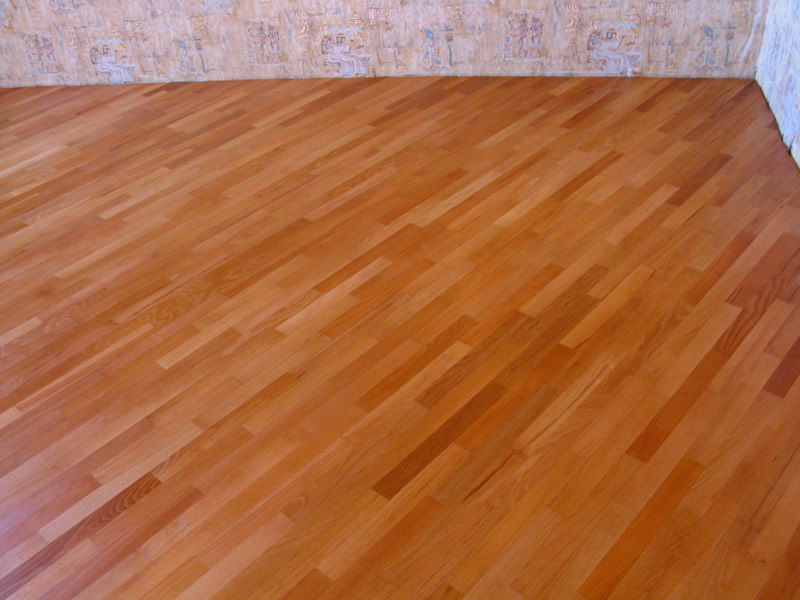
Cherry parquet - hardness 3.3, color pink with shades, has high hardness, density and elasticity, but when the humidity changes, the wood is not stable.
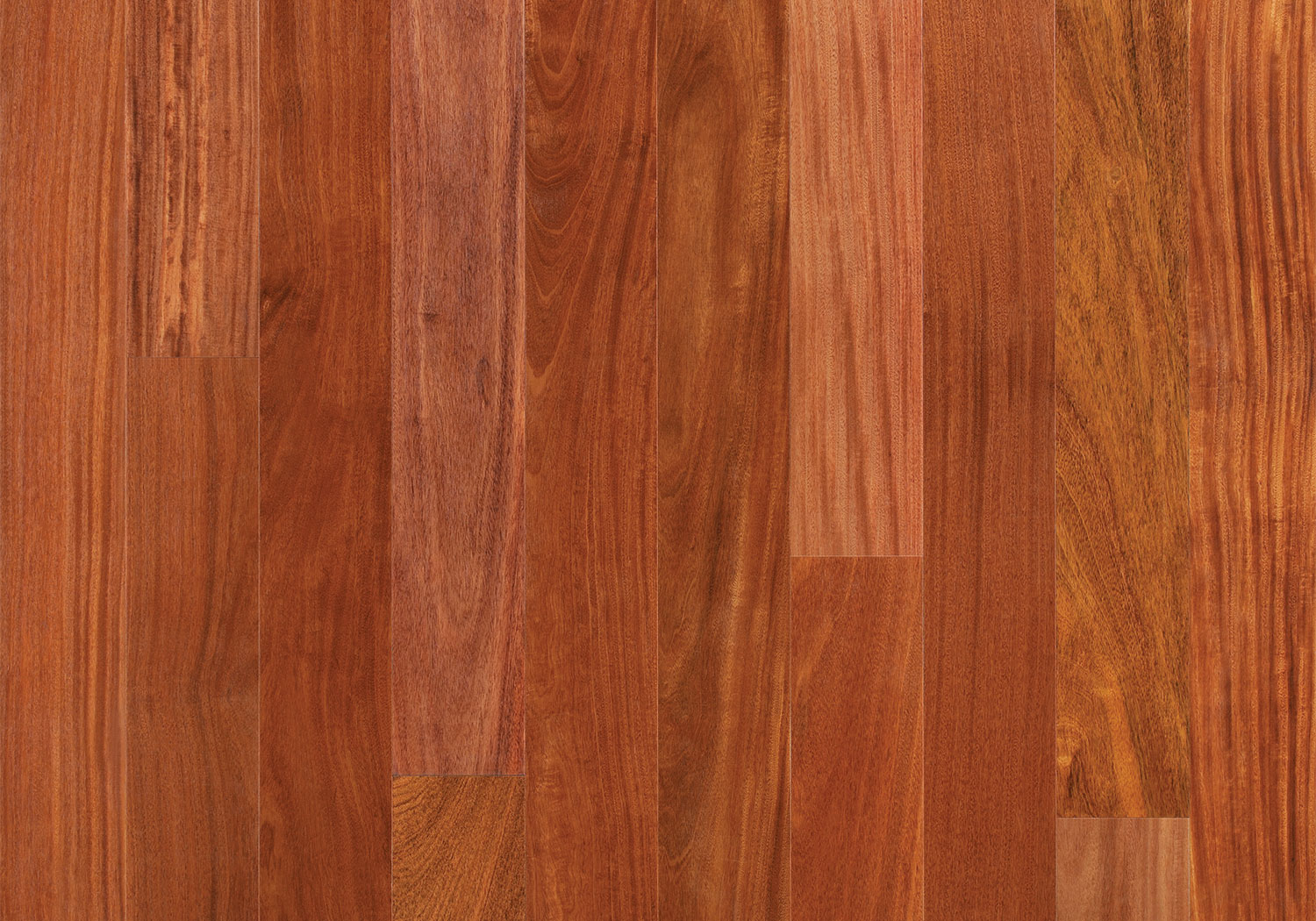
Pear parquet - hardness 3, color from light pinkish-beige to brownish. It has dense wood, is well processed, dries out a little, in a dry environment it serves for a long time.
There is parquet from exotic woods: amaranth parquet, hardness 5, has a bright color, from purple-pink to purple. The wood is solid, dense, long serves outdoors and in water.
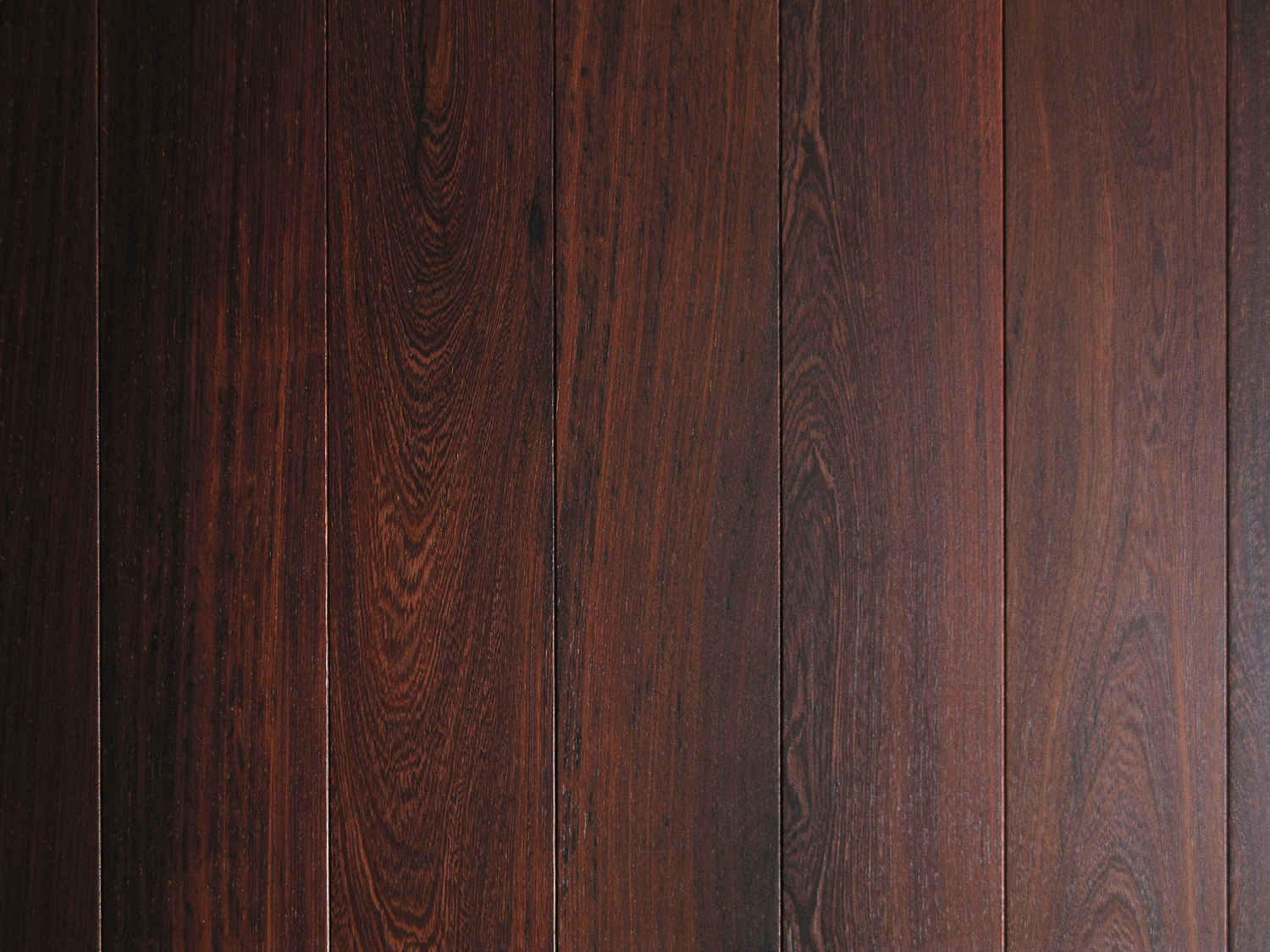
Parquet from wenge - hardness 4,2, color from coffee to black. Very decorative wood, hard, heavy. Varnishes very hard.

Parquet from merbau - hardness 4, color reddish-brown, in its properties is close to oak.
Olive wood parquet - 5.5 hardness, greenish to reddish brown. It has high hardness and density, is durable, good in processing, dries out a little.
Parquet floors made of beech, cherries, cherries and pears are considered the most capricious, since they require a humidity of at least 40-50%.
The most stable rocks are those that contain natural oil - teak and merbau parquet.
Parquet laying methods
There are a lot of options for laying piece parquet.
The simplest pattern is the deck or run-up pattern - in this case, the lamellas are laid parallel to each other.

Herringbone flooring is popular in Russia, since deformation of the floor laid in this way is minimal.
Laying of a straight square of a Vietnamese is widespread - this is the interweaving of longitudinal and transverse dies.
This installation is also resistant to deformation.
Types of protective (finish) flooring
A protective coating for parquet is usually used varnish or oil.
More resistant is the varnish.
It is better when this varnish coating is carried out already at the factory. Factory coating is a heavy-duty period of up to 10 years; such parquet is simpler and cheaper when laying.
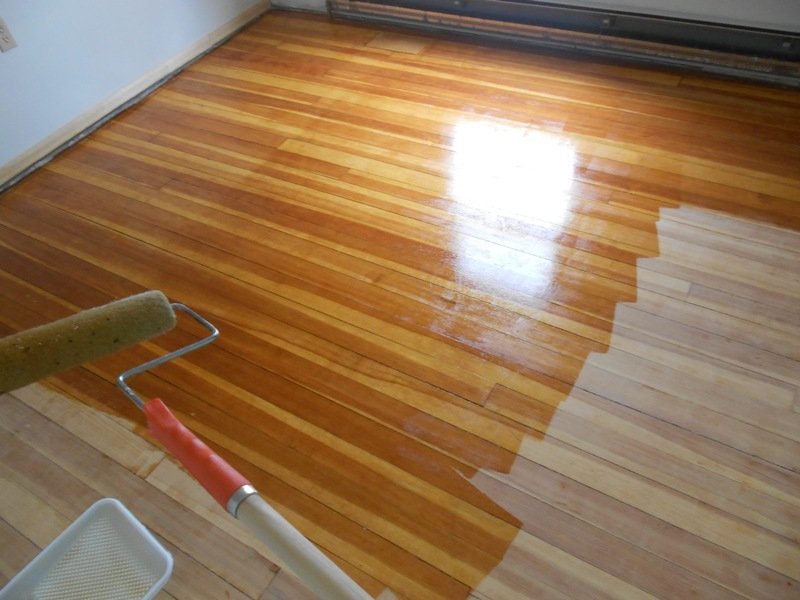
But if the parquet is varnished after laying, then not only the working surface of the lamellas but also the joints are protected.
Oil treatment of the parquet emphasizes the beauty of the wood, thereby achieving the effect of open pores.


